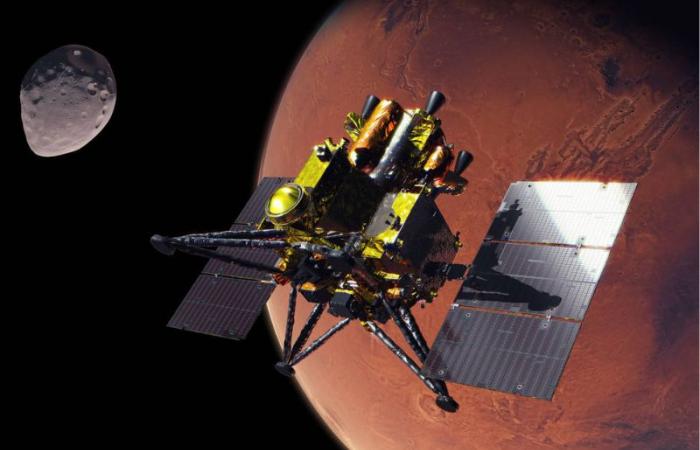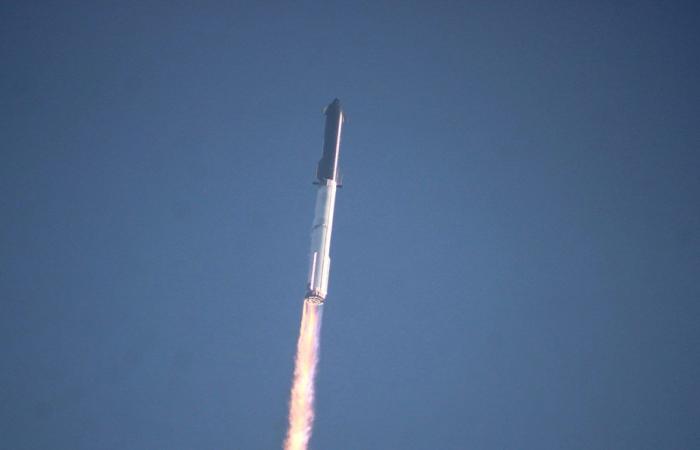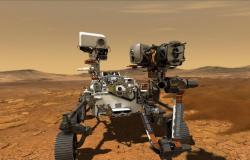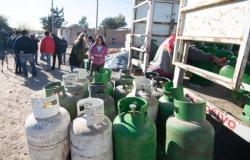Last Monday, NASA scientists revealed images of an epic solar storm that reached Mars, a phenomenon that experts anticipated since the Sun entered a period of maximum activity.
On May 20, an X12 class solar flare (the strongest among several types) emitted X and gamma rays towards the red planet.
The eruption was followed by a coronal mass ejection that launched charged particles.
Mars rovers and orbiters provided detailed images and records of its effects on the Martian atmosphere.
The largest solar particle event according to NASA
The purple color in a published video shows auroras on the night side of Mars, detected by the ultraviolet instrument aboard the MAVEN orbiter (acronym in English for: ‘The atmosphere of Mars and its volatile evolution’) between 14 and 20 May 2024, during the so-called solar maximum.
The brighter the purple, the more auroras are present.
“This was the largest solar energy particle event MAVEN has ever seen,” said MAVEN’s head of space weather, Christina Lee.
“There have been several solar events in recent weeks, so we were seeing wave after wave of particles hitting Mars,” he added.
Impact on Mars curiosity and radiation measurement
During the event, so much energy from the solar storm hit the Martian surface that the black and white images from Curiosity’s navigation cameras were filled with “snow,” according to specialists.
The rover’s cameras were hit by charged particles that displayed as “streaks and specks” as it recorded a gust of wind.
According to records, if the Martian explorers had been next to the Curiosity rover at that time, they would have received a radiation dose of 8,100 micrograys, equivalent to 30 chest X-rays.
Although, in the experts’ opinion, this would not be fatal for the astronauts, it was the largest increase measured by Curiosity in 12 years of operation.
“Cliffs or lava tubes would provide additional protection to an astronaut from such an event. In Mars orbit or deep space, the dose rate would be significantly higher,” said lead researcher Don Hassler.

















